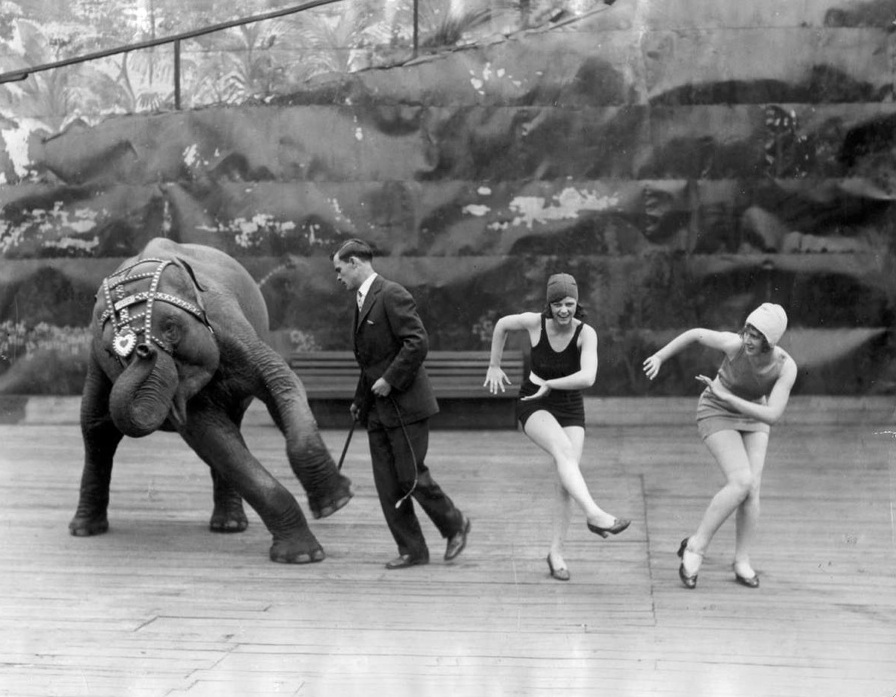 After undergoing chemotherapy for six months and facing five more months of same, I found myself having a hard time talking myself into exercising, which is important to my continued recovery. Sometimes it feels like there are two people living in my body and they are completely different personalities, each fighting for control. I don’t even think they like each other.
After undergoing chemotherapy for six months and facing five more months of same, I found myself having a hard time talking myself into exercising, which is important to my continued recovery. Sometimes it feels like there are two people living in my body and they are completely different personalities, each fighting for control. I don’t even think they like each other.
One is a sweet gentle creature who likes to lounge in the world’s most comfortable recliner with a good murder mystery and a bag of Reese’s; the other is a restless, frustrated woman who starts new projects weekly, knowing full well she will never finish any of them. She rearranges the furniture in her house at least once a month and recently swapped out the dining room for the living room. Now no one knows where to go when she says “Dinner is served.”
With my new expanded living room, I have room for an activity both ladies can enjoy – dancing – but only when the curtains are drawn and no one is watching. Oh, I also sing like no one can hear. Not only is it fun and great exercise, I think those squirrels living in my attic have moved on. They probably got tired of hearing all the stomping around to the tune of “Brick House” which rattled the windows of my old home – literally.
I began my dancing career while looking around for a new fitness program that doesn’t involve getting down on the floor or sweating in the summer heat. I read a report in the New England Journal of Medicine that showed a lower risk for dementia among people over 75 who regularly danced during their leisure time. But what was so surprising about the report is that other types of physical exercise didn’t affect dementia risk — dancing was the only physical activity that made a difference. Okay, that did it, I’m in!
It doesn't matter what type of dance you choose. Mine is “free style,” incorporating a bit of a high kickin’ Irish jig, the tango, the bebop, and watusi. It doesn’t really matter so long as your body moves constantly and energetically so that you're elevating your heart rate and burning calories. I draw the line at break dancing because I would probably break something including a lamp or a body part. By all means, turn the music up to the max and sing along, but you might want to wait until your closest neighbors have gone to work.
I may even install a pole and a disco ball so I can ramp up my routine even more.
Richard Powers, a dance professor at Stanford University, explains that freestyle dance actually requires more brainpower than choreographed routines. You make rapid decisions about how you move, rather than following a predetermined set of steps. Supposedly this helps reduces the risk of dementia more than any other physical activity.
Richard Powers, a dance professor at Stanford University, explains that freestyle dance actually requires more brainpower than choreographed routines. You make rapid decisions about how you move, rather than following a predetermined set of steps. Supposedly this helps reduces the risk of dementia more than any other physical activity.
Freestyle dancing is easy to do anytime, anywhere; you don't need a dance floor, a partner, or a wide space. You can dance standing in front of your desk, or on top of your desk for that matter. You can dance around your kitchen as you prepare dinner. My favorite kitchen routine is called slap dancing. You simply move your feet around while slapping together a tomato sandwich.
I’ll never be on Dancing with the Stars but I have worked up a couple of routines I can perform during commercial breaks. There’s the Omaha Traveler, where I hop around while swinging an imaginary baseball bat. I invented the dance while watching the super regional baseball games in Virginia this week.
For even more fun, dance in front of a mirror if you can stand it. I promise you a good laugh, and a better mood will follow you whereever you go the rest of the day.
Emily Jones is a retired journalist who edits a blog for bouncing baby boomers racing retirement. She invites you to stop by www.deludeddiva.com.
